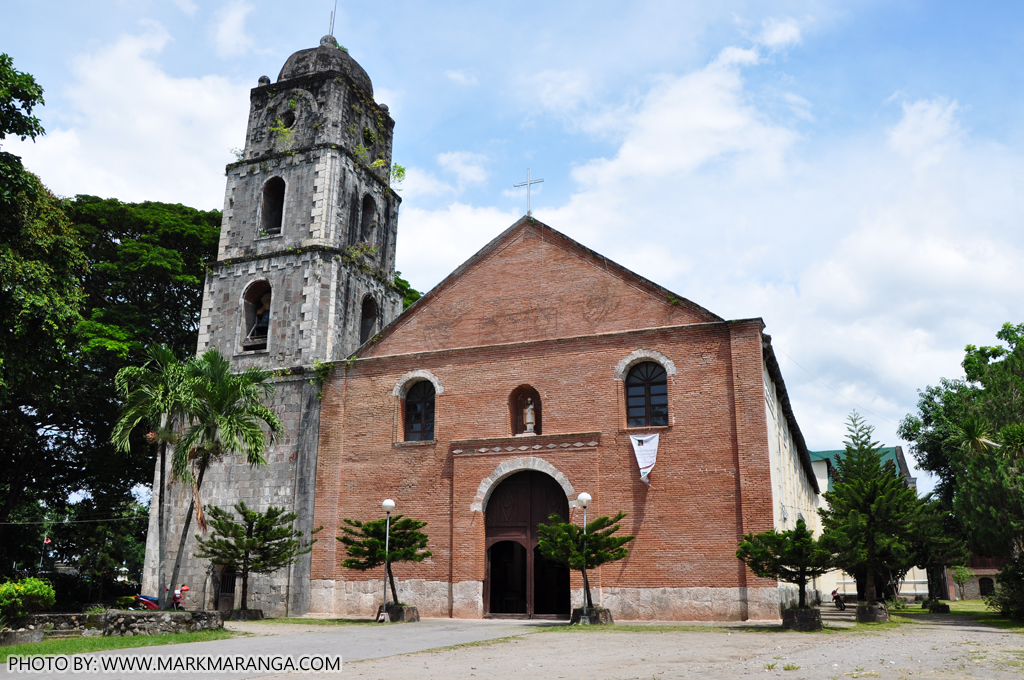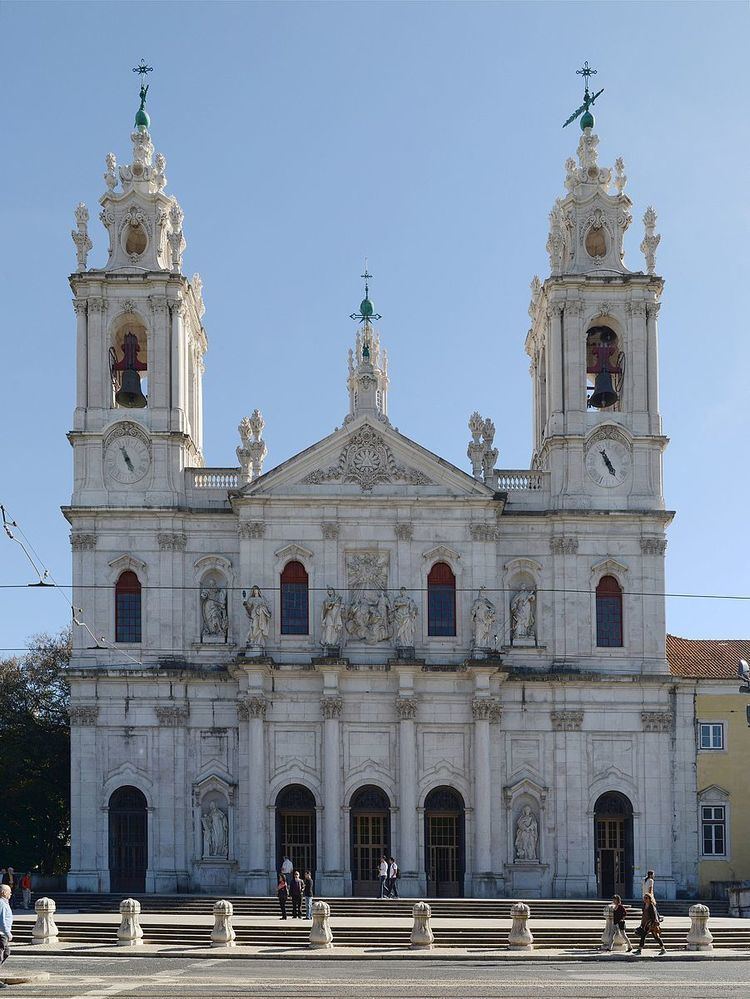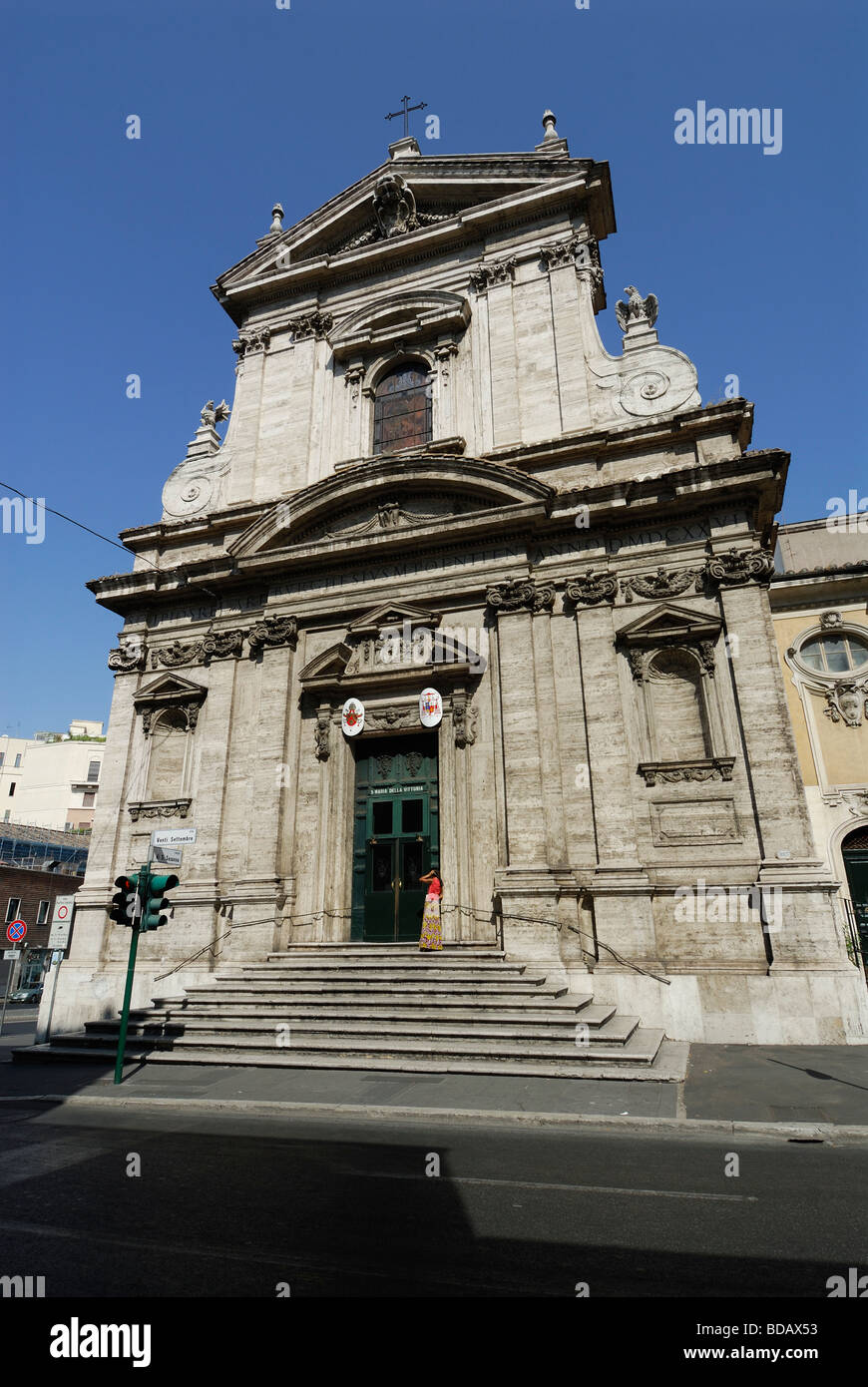Mosteiro de São Bento
Catholic
4.8 (2411 reviews)
Founded in 1590
The Mosteiro de São Bento (Monastery of St. Benedict) is a major landmark in Rio de Janeiro, Brazil. Founded in 1590 by Benedictine monks, the complex includes a church, monastery, and school. The church interior is renowned for its opulent Baroque decoration, featuring intricate gold leaf carvings, sculptures, and sacred art. The monastery is an active Benedictine community and center for religious and cultural activities.
About
The Mosteiro de São Bento (Monastery of St. Benedict) is a major landmark in Rio de Janeiro, Brazil. Founded in 1590 by Benedictine monks, the complex includes a church, monastery, and school. The church interior is renowned for its opulent Baroque decoration, featuring intricate gold leaf carvings, sculptures, and sacred art. The monastery is an active Benedictine community and center for religious and cultural activities.
History
Founded in 1590, the monastery has played a significant role in the religious and cultural life of Rio de Janeiro for centuries. Its church was gradually renovated and expanded, reaching its current Baroque splendor in the 17th and 18th centuries.
Founded
1590
Denomination
Catholic
Congregation Size
Medium to Large
Architectural Style
Mannerist (exterior), Baroque (interior)
Historical Status
National Heritage Site (Brazil)
Contact Information
Community Outreach
Senior Programs
[]
Facilities & Amenities
Accessibility
Wheelchair Accessibility
Yes
Amenities
Restrooms
Yes
Cafe/Bookstore
Yes
Children Area/Nursery
No
Transportation
Parking
No
Public Transport
Yes
Visitor Guidelines
Photography
Yes (with restrictions)
Dress Code
Yes (modest attire)
Entry Fee
No (donation appreciated)
Visitor Information
Best Visiting Times
Weekdays, mornings (to avoid crowds)
Tourist Friendly
Limited
Mobile App Support
Not available
Pilgrimage Information
Yes
Reviews & Ratings
4.8
Based on 2.41k reviews
No reviews yet
Blog Post
Mosteiro de São Bento: A Glimpse into Baroque Splendor in Rio de Janeiro
The Mosteiro de São Bento (Monastery of St. Benedict) in Rio de Janeiro, Brazil, stands as a testament to centuries of faith, art, and history. A designated National Heritage Site (Brazil), this magnificent complex, located at R. Dom Gerardo, 68 - Centro, Rio de Janeiro - RJ, 20090-030, is a must-see for anyone seeking to experience the cultural and religious heart of the city. Whether you are a seasoned pilgrim, an architecture enthusiast, or simply a curious traveler, the Mosteiro de São Bento offers an unforgettable journey through time and beauty.
A Historical Tapestry: Founded in 1590
Established in 1590 by Benedictine monks, the Mosteiro de São Bento has played a pivotal role in shaping the religious and cultural landscape of Rio de Janeiro for over four centuries. Its foundation marked the beginning of a long and storied legacy, impacting education, spirituality, and the arts. Over the years, the original structure underwent gradual renovations and expansions, culminating in the breathtaking Baroque splendor we see today, primarily during the 17th and 18th centuries. This evolution reflects the changing artistic tastes and the enduring dedication of the Benedictine community. The monastery continues to serve as an active center for religious and cultural activities.
Architectural Majesty: Mannerist Exterior, Baroque Interior
The architecture of the Mosteiro de São Bento is a captivating blend of styles. The exterior showcases a Mannerist design, characterized by its restrained elegance and classical influences. However, stepping inside the church is like entering another world. The Baroque interior is a dazzling display of opulence and artistry, a true feast for the eyes.
A Glimpse Inside: The Details that Dazzle
-
Gold-Leaf Carvings: The most striking feature is undoubtedly the intricate gold leaf carvings that adorn almost every surface. These shimmering decorations, crafted with meticulous detail, create a sense of awe and reverence.
-
Sculptures and Paintings: Masterful sculptures and vibrant paintings depicting biblical scenes and Benedictine saints enhance the spiritual atmosphere. These works of art are not merely decorative; they are powerful expressions of faith.
-
High Altar: The high altar, a masterpiece of Baroque design, serves as the focal point of the church. Its intricate details and lavish use of gold reflect the importance of the Eucharist in Catholic worship.
-
Stained Glass Windows: Beautiful stained glass windows cast colorful patterns of light, further enhancing the ethereal beauty of the interior.
-
Organ: The historical pipe organ is another notable feature, filling the church with its resonant tones during services and concerts.
-
Bell Tower: The prominent bell tower signals the times for prayer and marks significant occasions for the community.
These architectural features combine to create an immersive and unforgettable experience. Whether you appreciate religious art or are simply drawn to beautiful spaces, the interior of the Mosteiro de São Bento will leave a lasting impression.
Planning Your Visit: Tourist Information and Practical Tips
The Mosteiro de São Bento is very tourist-friendly and welcomes visitors from all over the world. Here's some helpful information to plan your visit:
- Address: R. Dom Gerardo, 68 - Centro, Rio de Janeiro - RJ, 20090-030, Brazil
- Entry Fee: There is no entry fee, but donations are greatly appreciated to help maintain this historic site.
- Photography: Photography is allowed with restrictions. Pay attention to signage and be respectful during services.
- Dress Code: A dress code requiring modest attire is enforced. Avoid wearing shorts, tank tops, or revealing clothing.
- Accessibility: The monastery is wheelchair accessible, although some areas may have limited access.
- Best Visiting Times: Consider visiting on weekdays, especially in the mornings, to avoid large crowds.
- Services: While mass times are not consistently available online, attending a mass is highly recommended to fully experience the spirituality of the Mosteiro de São Bento. Keep in mind the services are often in Portuguese, with occasional use of Latin. You can usually confirm service times upon arrival.
- Confession: Confession is available. Check with the monastery staff for specific times and locations.
- Guided Tours: Guided Tours are offered. Inquire about the schedule upon arrival.
- Retreats and Conferences: The Monastery hosts retreats and conferences. Check the monastery’s website or social media presence for information on upcoming events.
- Cafe & Bookstore: A cafe and bookstore are available on-site, where you can purchase souvenirs, religious items, and books about the monastery’s history and significance.
- Gift Shop: You can find a variety of religious articles and gifts at the gift shop.
Visitor Tips:
- Dress Modestly: Showing respect for the religious environment is essential.
- Attend a Mass: Experiencing a mass is a powerful way to appreciate the spiritual heart of the monastery, even if you don’t understand Portuguese.
- Take Your Time: Allow ample time to explore the intricate details of the church and appreciate its beauty.
- Consider a Guided Tour: A guided tour will provide valuable insights into the history and artistry of the Mosteiro de São Bento.
Faith and Community: The Heart of the Monastery
Beyond its architectural splendor, the Mosteiro de São Bento is a vibrant center of faith and community.
- Service Schedule: While specific mass times vary, the monastery offers regular services. Inquire upon arrival for the most up-to-date schedule.
- Music Ministry: The monastery is renowned for its choir, which performs Gregorian Chant and Classical music, adding to the spiritual atmosphere.
- School Affiliated: The monastery is affiliated with Colégio de São Bento, a prestigious school that has educated generations of students.
- Parish Library: The parish library contains a valuable collection of religious and historical texts.
- Altar Server Program, Lector Program, Eucharistic Ministers, Ushers Ministry, Rosary Group: Active parish ministries include altar server program, lector program, eucharistic ministers, ushers ministry, rosary group, providing opportunities for parishioners to participate in the life of the church.
- Online Giving: The Mosteiro de São Bento accepts online giving.
Staying Connected: Website and Social Media
Stay up-to-date with the latest news and events at the Mosteiro de São Bento through its website and social media presence on Instagram and Facebook.
Exploring the Surroundings: Nearby Attractions
The Mosteiro de São Bento is located in the Centro area of Rio de Janeiro, offering convenient access to other attractions:
- Candelária Church: Another stunning example of religious architecture.
- Praça XV: A historic square with a rich cultural heritage.
- Centro Cultural Banco do Brasil: A cultural center showcasing art exhibitions and performances.
Public Transport: Conveniently, public transport is nearby, making it easy to access the monastery and other parts of the city. Parking is not available at the Monastery itself.
The Mosteiro de São Bento is more than just a tourist attraction; it is a place of worship, a center of education, and a living testament to the power of faith and art. A visit to this magnificent monastery is an enriching experience that will stay with you long after you leave. Add it to your itinerary and discover the Baroque beauty of Rio de Janeiro.
Other Catholic Nearby

Sanctuary Santa Terezinha
R. Santa Luzia, 795 - Centro, Taboão da Serra - SP, 06754-010, Brazil
4.8

Plaza de la Conchita
Fernández Leal 74, La Concepción, Coyoacán, 04020 Ciudad de México, CDMX, Mexico
4.5

St. Augustine Parish
Av. Horacio 921, Polanco, Polanco III Secc, Miguel Hidalgo, 11540 Ciudad de México, CDMX, Mexico
4.8

Parroquia de la Preciosa Sangre de Cuautepec
Plaza Hidalgo s/n, Cuautepec Barrio Alto, 07100, Julián Carillo 2, Cuautepec Alto Centro, Gustavo A. Madero, 07160 Ciudad de México, CDMX, Mexico
4.4

Basilica of Estrela
Praça da Estrela, 1200-667 Lisboa, Portugal
4.6

Church of Santa Maria della Vittoria
Via Venti Settembre, 17, 00187 Roma RM, Italy
4.7